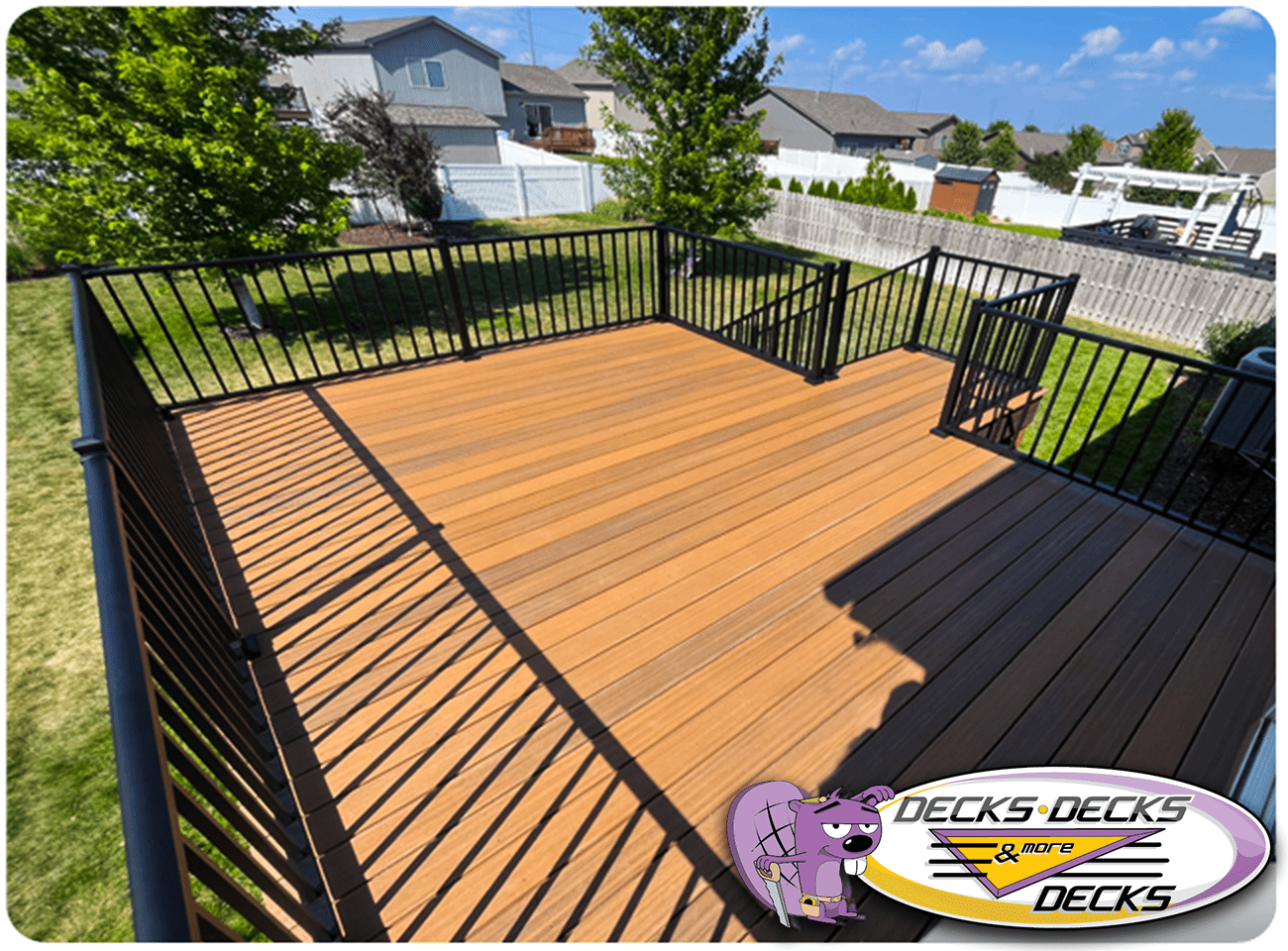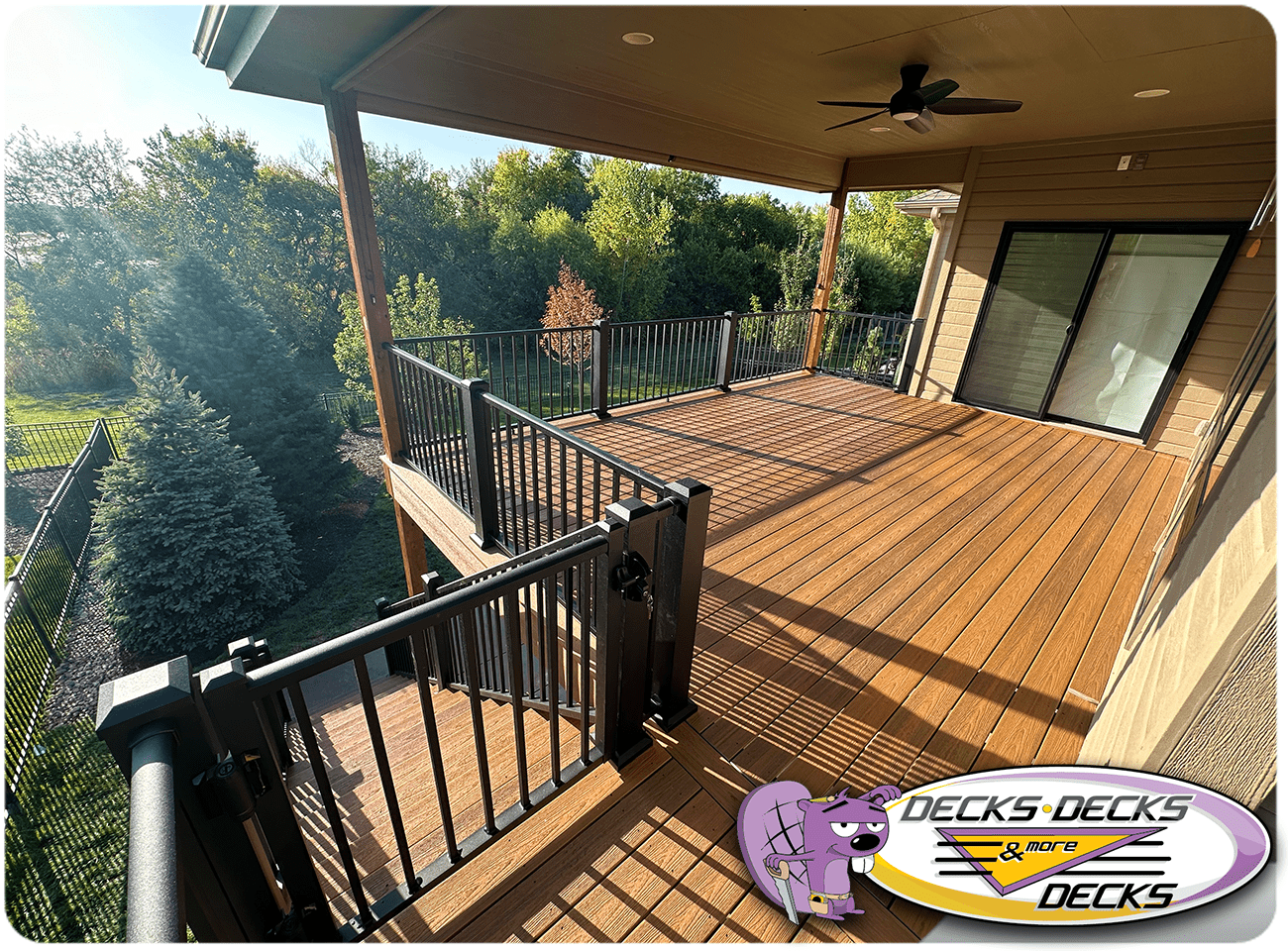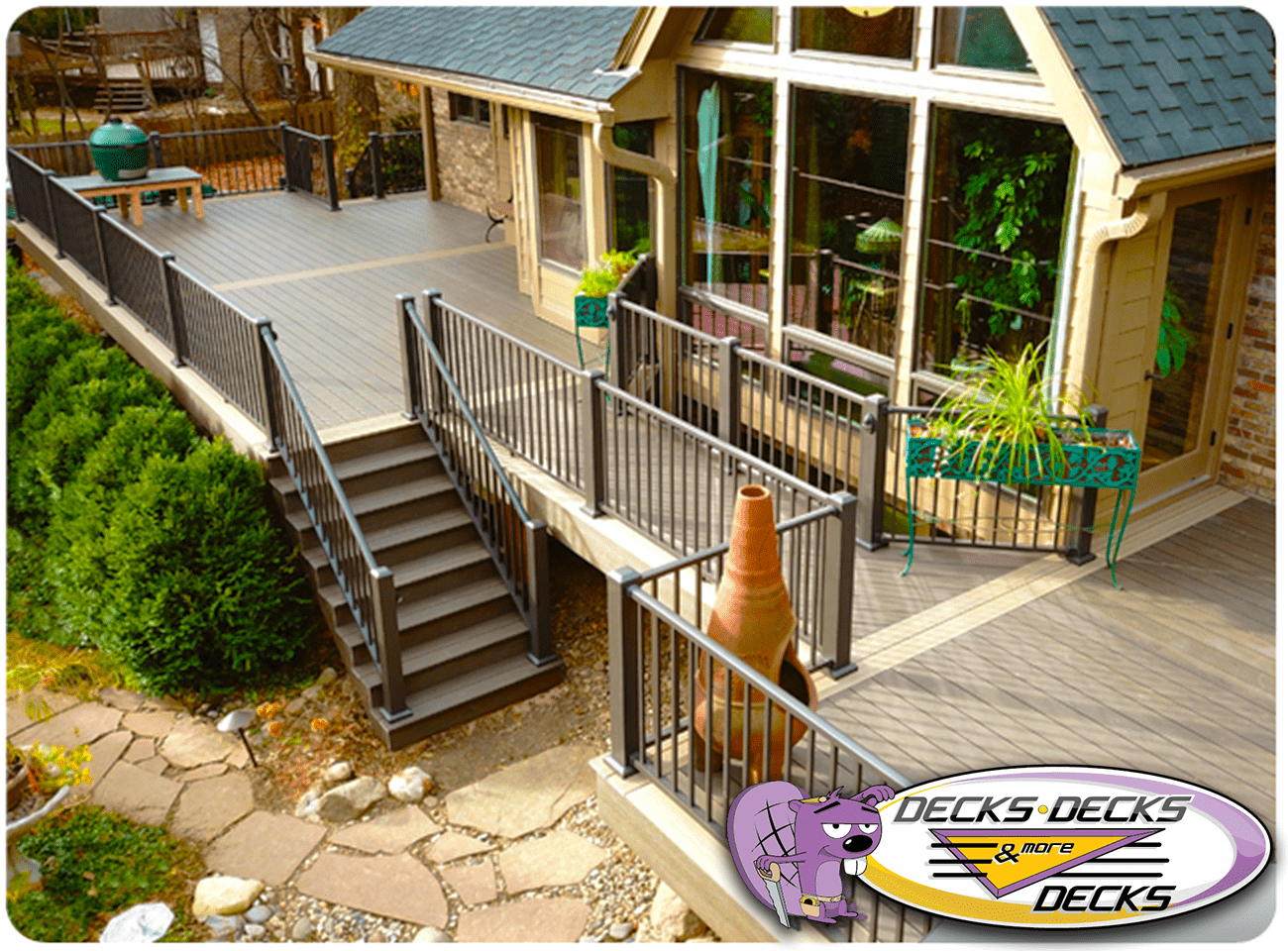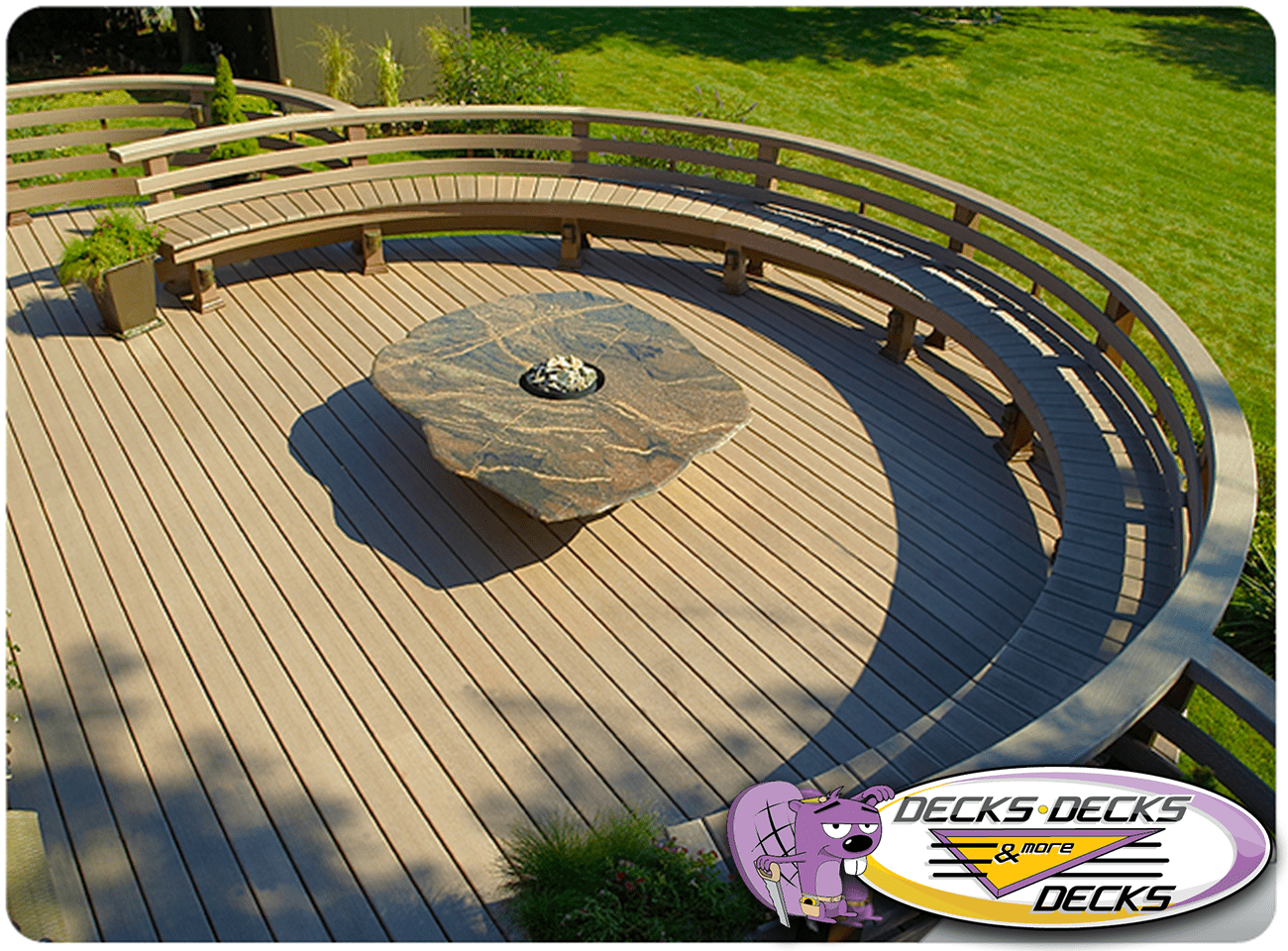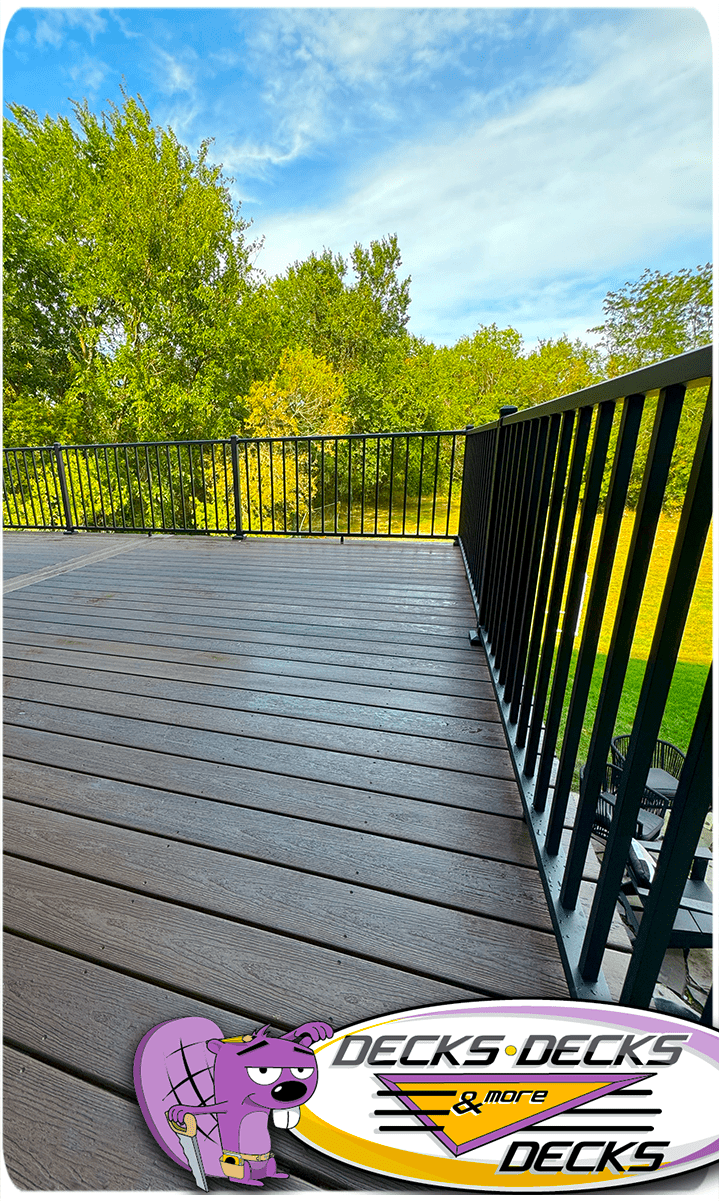Mastering the Design Process: From Consultation to Approval and Detailed Planning
The design process is a crucial stage in any project, where ideas are refined, plans are created, and every detail is meticulously mapped out. Whether you’re working on a deck, home remodel, or another project, understanding each step—from design consultation to detailed contracts—ensures a smooth path to a successful build. Here’s a breakdown of each aspect to help guide you through the process.
1. Design Consultation: Setting the Foundation
A design consultation is typically the first step, where you discuss your vision, needs, and preferences with a professional. This is the time to explore ideas, establish a budget, and clarify your project goals. A productive design consultation helps to align everyone on the same page, ensuring the project reflects your vision while being feasible and practical.
2. Design Choices: Bringing Your Vision to Life
The choices you make during the design phase shape the final outcome. From materials and color schemes to layout and features, each design choice contributes to the overall look and function of the project. Working with a designer allows you to make informed decisions that balance aesthetics and practicality, creating a space you’ll love for years to come.
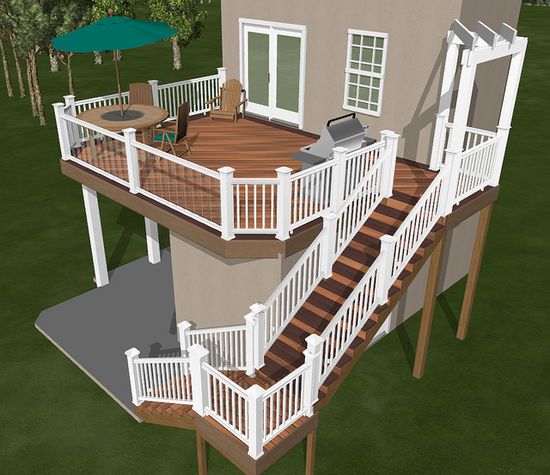
3. Design Aspects to Consider
Several key design aspects influence the project’s success, such as space utilization, style consistency, and functionality. For instance, if you’re planning a deck, consider how the space will be used, lighting needs, and integration with your home’s architecture. Focusing on essential design aspects during this phase ensures your project is cohesive and meets your practical needs.
4. Design Integration with Existing Structures
When adding new features or structures, design integration is critical for a seamless look. New additions should blend with the existing style, materials, and colors of your home or property. Design integration helps to create a unified look, adding value and aesthetic appeal to the final result.
5. Design Approval: Finalizing the Vision
Once the design is completed, it’s time for design approval. During this stage, you review the finalized plans and give feedback or approval to move forward. It’s essential to confirm that every element aligns with your expectations, from materials and layout to costs and timelines. Design approval marks the green light to proceed to the planning and contracting phases.
6. Detailed Plans for a Smooth Build
Detailed plans are essential to translate your vision into reality. These plans outline every aspect of the project, including measurements, materials, and step-by-step instructions. Detailed plans ensure that builders understand your expectations clearly, reducing the chance of delays or misunderstandings during construction.
7. Detailed Contracts to Protect Your Investment
A well-drafted contract protects both you and the contractor by specifying the project’s scope, timeline, budget, and terms. Detailed contracts should cover all aspects, from materials to labor costs, and include clauses for any potential changes or contingencies. Taking the time to establish a clear, detailed contract helps prevent issues and keeps the project on track.
Final Thoughts on the Design Process
Navigating the design process—through consultations, detailed planning, and final approvals—can feel complex, but it’s worth the effort to create a space that truly meets your vision. By focusing on each step and working closely with professionals, you’ll ensure a beautiful, well-executed final result.


